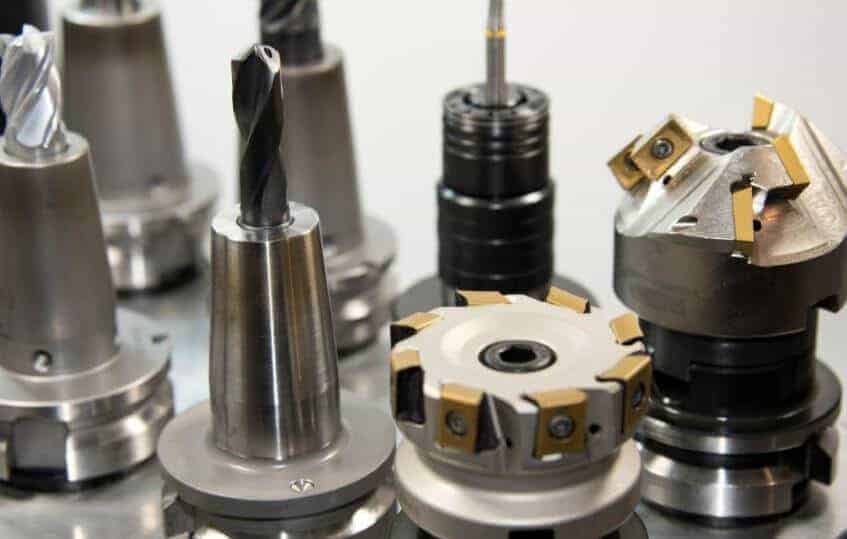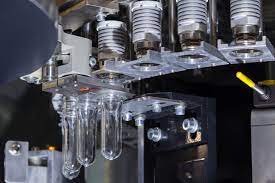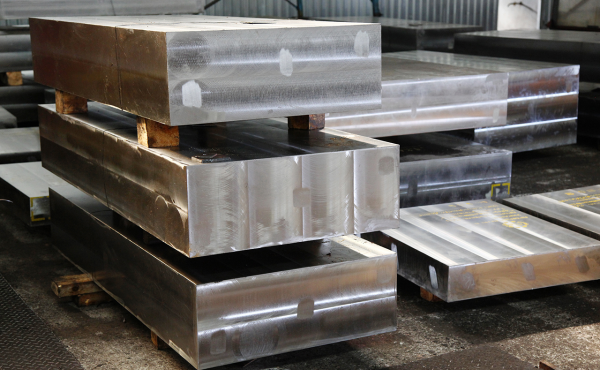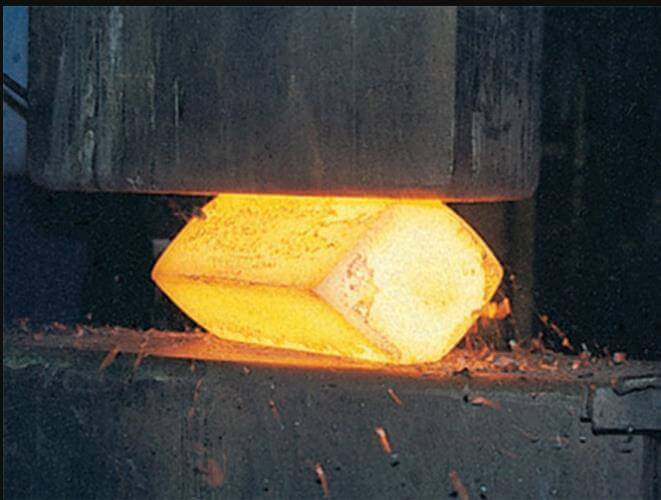Our Products
TOOL STEELS
It is an alloyed or high-alloyed steel group used to turn the raw material into a product with various methods such as cutting, bending, forging, machining or chipless manufacturing of hot or cold workpieces. GENERAL PROPERTIES OF TOOL STEELS We can list the common properties expected from all tool steels as follows. • Clean and homogeneous micro structure, • High wear resistance, • High tensile strength, • Sufficient yield strength, • Sufficient ductility, • High hardness, • High toughness, • Homogeneous hardness distribution after heat treatment, Tool steels are much richer than other steel groups due to their chemical composition, properties, application areas and the characteristics expected from them in working conditions. Hardness (hot hardness / strength), wear resistance and toughness are the properties expected from tool and die steels operating under mechanical, thermal, chemical and tribological loads. Diversity in use can also highlight some other properties, such as fatigue and creep resistance, and oxidation and corrosion resistance. All the features expected from tool steels are that the collective prevents the tool mold from deforming or breaking under working conditions. It has been developed in the direction of obtaining long life at the lowest possible wear in line with the desired properties in the material microstructure. A martensitic matrix has been used in tool steels for a long time, and this matrix must harden at a high degree due to its carrier role. While matrix hardness is primarily proportional to the amount of carbon in the quenched state, the role of carbide-forming elements becomes evident in the tempered state. In practice, the optimum application characteristics are obtained by changing the alloying and heat treatment according to the usage temperature. For example, in ledeburitic cold work tool steels (1.2080, 1.2436) a small amount of chromium-rich mixed carbide precipitates in the matrix is sufficient for low temperature applications. In high speed steels operating at high temperatures, precipitation hardening is tried to be maximized with mixed carbides rich in molybdenum and vanadium. In the same way, changing the amounts of elements such as chromium, molybdenum and vanadium in the structure of hot work tool steels in certain ratios adds properties such as maintaining its hardness at high temperatures and tempering resistance. Tool steels are classified according to their usage areas. All steels are produced by ingot metallurgy as well as by powder metallurgical production method in increasing amounts recently. In the alloying of steels, carbide-forming elements are extensively used for similar purposes. With the use of very different amounts of carbide formers, the amount of carbon varies within a wide range. In addition, nickel and cobalt additions are made in some steels due to toughness and tempering continuity. One thing all tool steels have in common is that they are hardened through the martensitic transformation. The difference between tool steels comes from the type, amount and distribution of carbide formed by the different amounts of alloying elements included in the structure to achieve the expected properties. Tool steels are grouped into four main groups according to their usage areas. • Hot Work Tool Steels • Cold Work Tool Steels • Plastic Mold Steels • High Speed Tool Steels (HSS)
General Information It is an alloyed tool steel group that is produced for shaping all kinds ...
General Information It is an alloyed tool steel group suitable for working below 200°C in t...
General Information It is an alloyed tool steel group that enables the shaping of ferrous and non...



